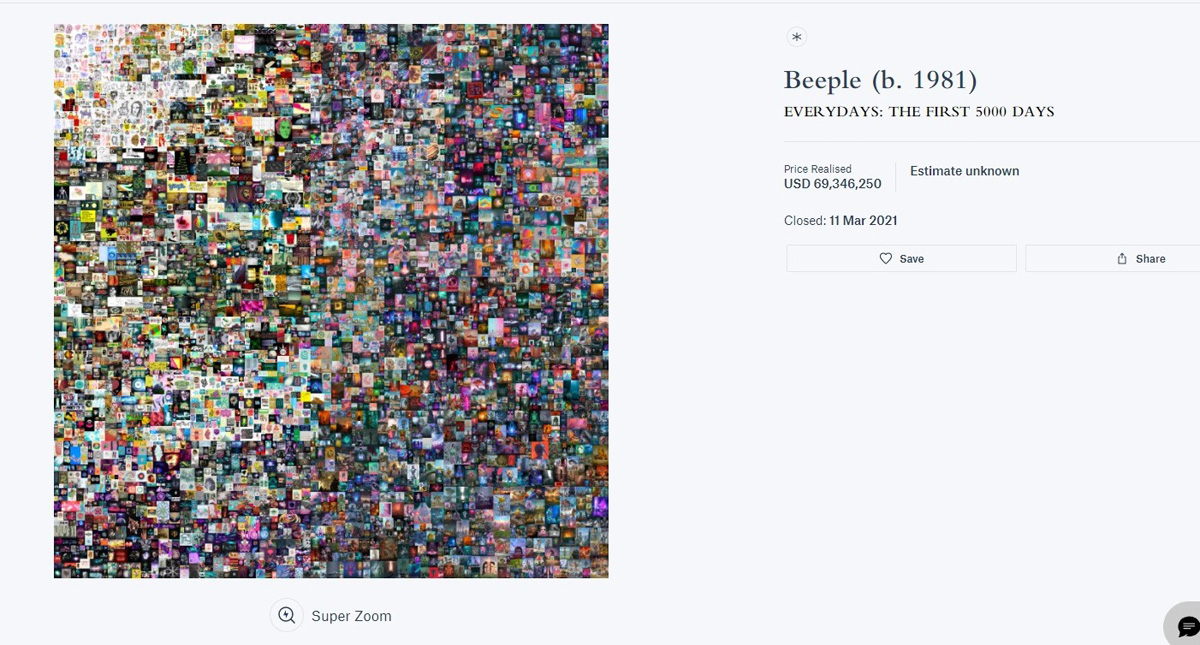By now, you’ve probably seen the term “NFT” pop up in various news articles and even videos. And more often than not, accompanying such headlines is usually a large sum of money that is either earned or spent, while the acquisitions vary from different digital-based assets such as tweets, photos and even animated gifs.
For example, we covered a story last month that a Malaysian businessman had bought the world’s first ever tweet, auctioned as an NFT by none other than the tweet poster himself, Twitter CEO Jack Dorsey. The tweet was successfully sold at a jaw-dropping value of US$2.9 million (~RM11.9 million), which Dorsey then donated to a COVID-19 relief nonprofit organisation for several African nations.
So what exactly is NFT and why is it suddenly such a big deal? Well, get comfy and let’s dive together to learn about this new blockchain-based sensation.
WTF is NFT?
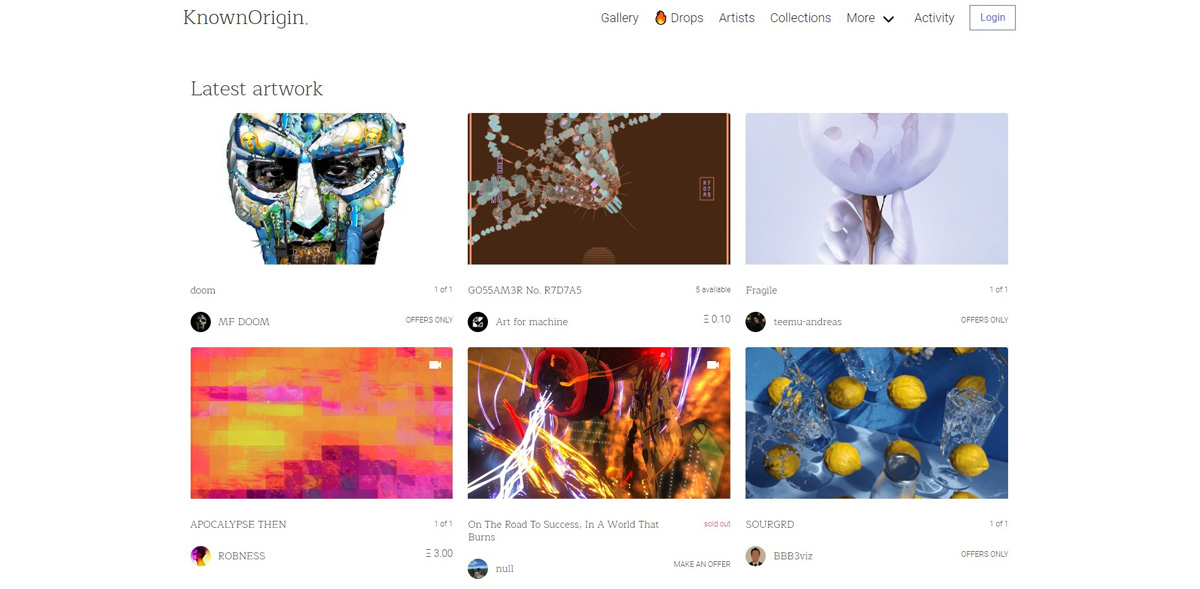
NFT stands for “Non-Fungible Token”, where the term “non-fungible” means that related assets cannot be exchanged for something of similar value. The tech itself is not actually new and was originally created in 2015 for the Ethereum blockchain – hence why most trades – including the sale of Jack Dorsey’s tweet – often involve the Ether cryptocurrency.
The tokens themselves are cryptographic assets on blockchain that feature unique identification codes and metadata – acting as a certificate of authenticity that also distinguishes them from one another. As mentioned earlier, these are tied to particular digital assets such as artwork, music, videos, tweets and many others that are sold on certain NFT-related marketplaces.
What Is It For?
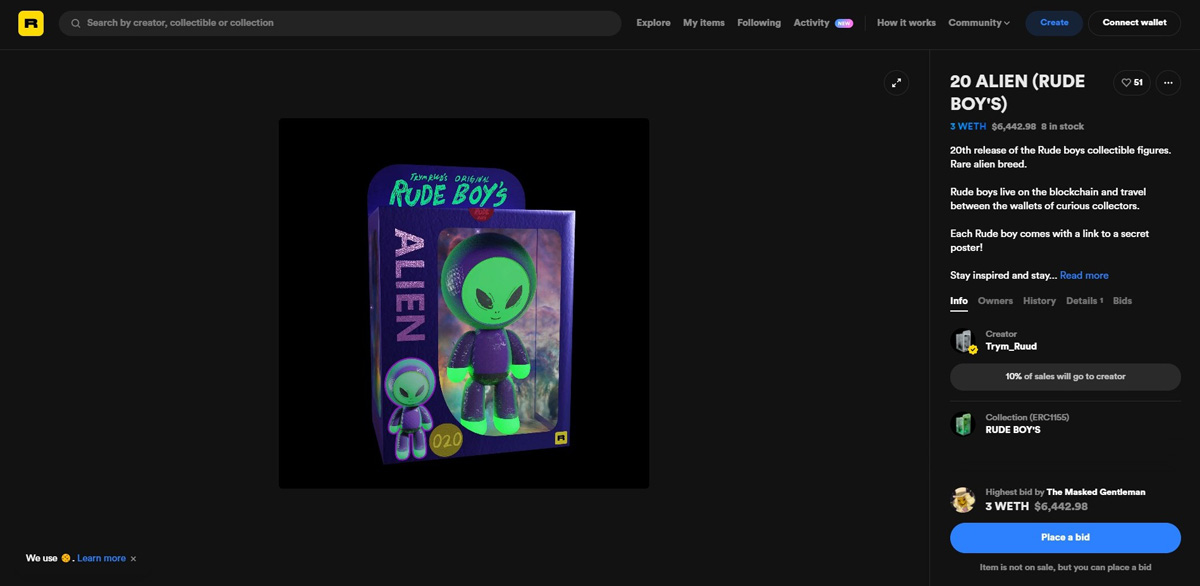
NFTs can also be seen as collectibles – similar to those that we collect physically such as action figures, trading cards, and what have you. The only difference is that when you purchase a particular digital asset’s NFT, you basically own its aforementioned unique ID code and metadata, which cannot be duplicated – meaning that it is one of a kind. Furthermore, NFTs are recorded in a digital ledger in the same way as cryptocurrency, so there’s a listing of who owns each one.
Let’s take Jack Dorsey’s tweet for instance. Sina Estavi, the Malaysian who’ve acquired it, now owns its unique token BUT NOT the tweet’s intellectual and creative rights. Those still belong to the original creator. Hence why other individuals can still share, retweet or screenshot it without facing any consequence or infringement of copyright from the NFT owner.
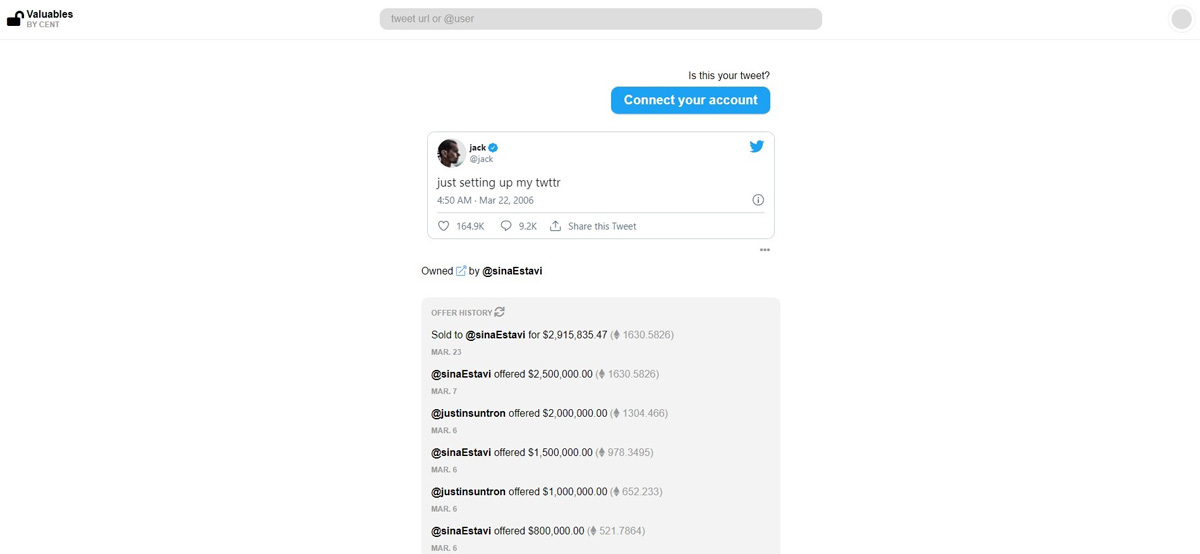
In a way, think of it as owning, say… a rare trading card featuring Michael Jordan, which happens to be the only hologram version ever made in the world. And for good measure, it is also personally signed by the basketball legend himself. If you can imagine how valuable that card is, that’s basically the same for each NFT.
So what is its purpose? That usually depends on who you ask. Some may see it as a different (and usually more expensive) kind of hobby, while some collect them for bragging rights. But in the grand scheme of things, NFTs are often seen as a form of earning profit.
Are All NFTs Worth Thousands Of Dollars?
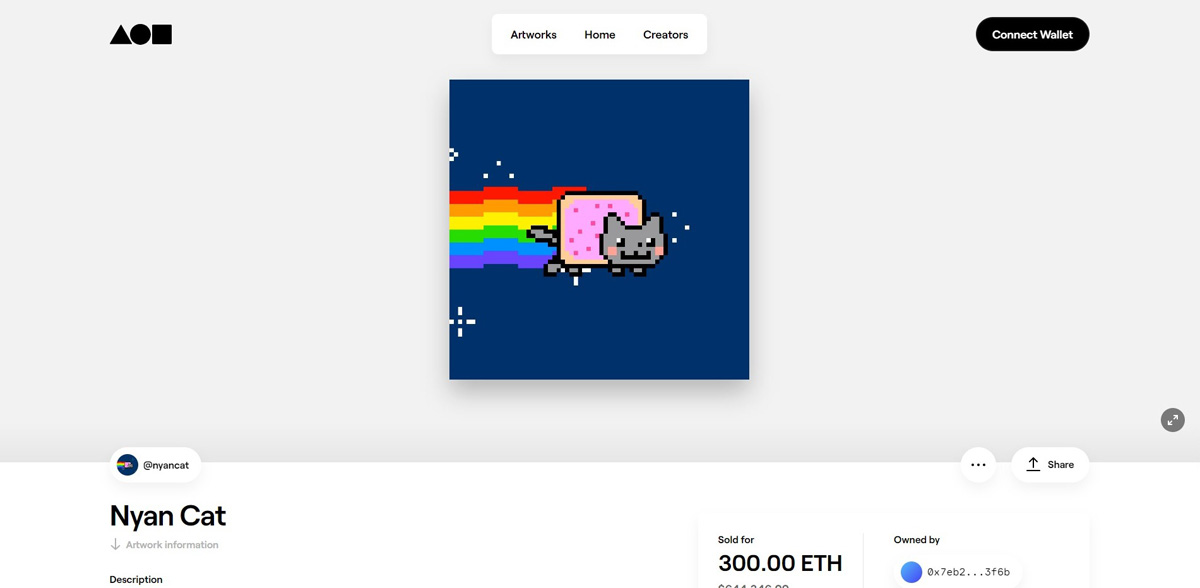
Not all of them. The value usually depends on the digital asset’s rarity and importance, like valuables at an auction house. Whereas in other instances, its price is determined by popularity and demand – somewhat similar to the act of buying and selling in the stock exchange or Forex.
The more well-known NFTs so far include the Nyan Cat meme and Beeple’s Everydays: The First 5000 Days artwork (featured as this article’s header image), which were sold at US$ 590,000 (~RM 2,440,535) and US$ 69.3 million (~RM286 million) respectively. It’s also worth noting that the latter, at this current time, is the most expensive NFT ever recorded.
Meanwhile, lesser known works contributed by various artists in marketplaces such as OpenSea and Rarible vary from a couple of dollars or higher, and some not having any determined value at all.
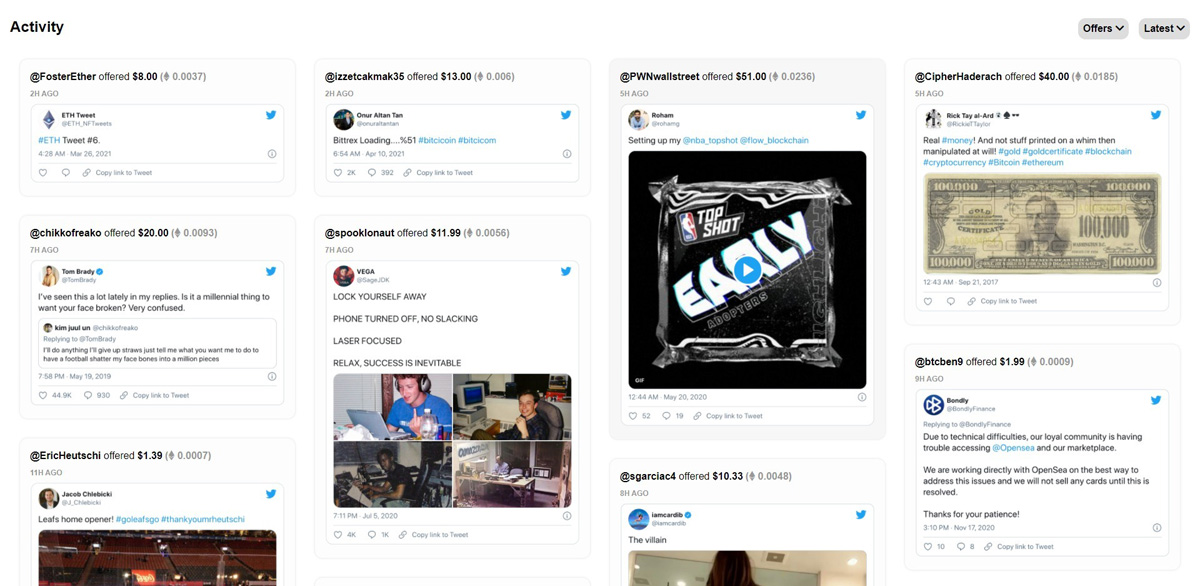
So if you are an artist and are considering putting your own up artwork for sale, just don’t expect it to be an overnight sensation or to hit an extravagant amount of value in a short period of time. Scoring a high price requires hype, demand, patience, and most importantly: luck.
Also, keep in mind that the creation of the token itself comes with a fee, which also depends on the current rate of Ethereum. These fees are charged by your chosen marketplaces when your NFT is sold.
Am I Allowed To Sell Different Variants Of My NFT?
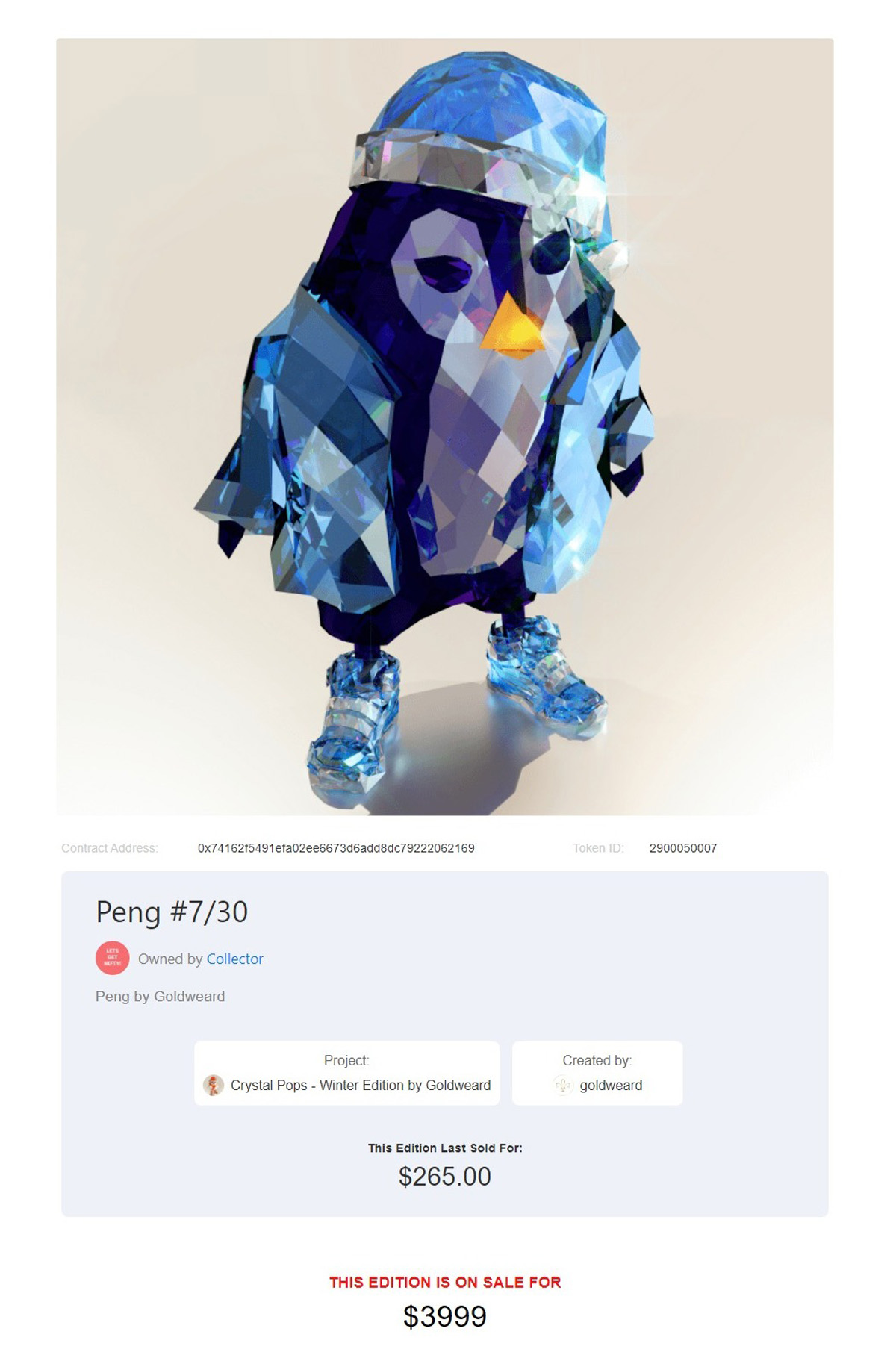
Depending on which platform, it is possible to sell more than one version of your NFTs. You can clarify to the marketplace that you are selling an original or multiple variants (such as limited editions) of your work.
In addition, you also have the ability to set royalties on your NFTs, therefore allowing you – as the creator of the asset – to continuously earn a percentage every time it is exchanged between owners. Again, provided that there is demand and interest for it.
Where Can I Buy Or Sell NFTs?
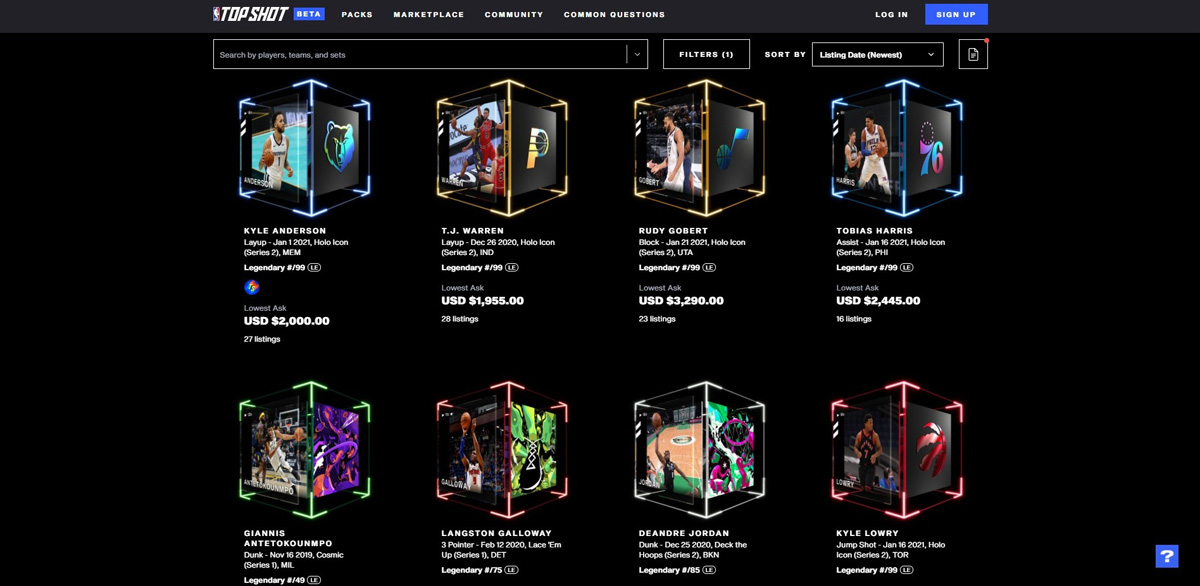
Without a doubt, there are plenty of marketplaces that allow users to buy and sell NFTs. You can check out Foundation, Rarible, Known Origin, Nifty Gateway, and Bitski for digital art, videos or photos. Whereas markets such as Christie’s mostly handle auctions for rare and highly valuable artworks, and Valuables operate the buying and selling of tweets. Meanwhile, OpenSea is one of the more known marketplaces that offer a wide variety of digital assets that range from random collectibles, art, to even domain names.
There’s also official sports-related ones such as NBA Top Shot that offers video highlight clips from various basketball games as NFTs, which are randomly obtainable via packs that are sold at fixed prices – a concept inspired by physical trading cards. Highlights that you’ve received from these packs can later be placed on sale or auction via the integrated marketplace. Unlike those mentioned above, NBA Top Shot does not feature user created NFTs.
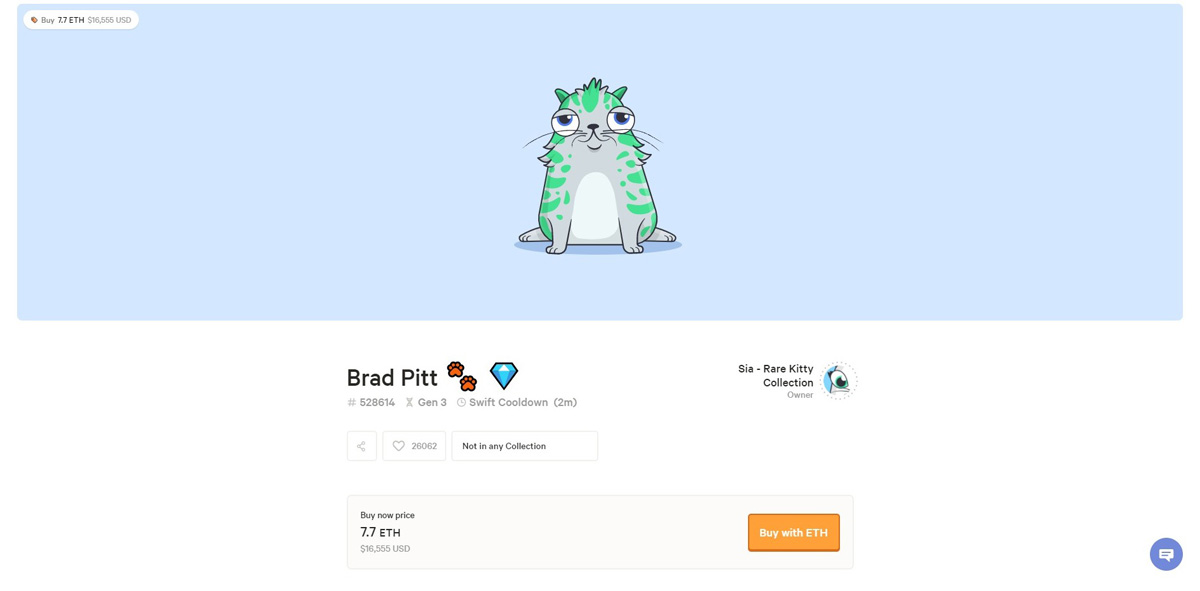
Alternatively, if you’re into something that provides some fun, you may want to consider a blockchain game known as CryptoKitties (a bit on the nose, I know). The game lets you collect and breed digital cats that are, as its website puts it, “one-of-a-kind and 100% owned by you” – therefore meaning that each cat cannot be replicated, taken away, or destroyed. And much like the rest of that I’ve mentioned above, CryptoKitties also offer its own marketplace for players to trade their cats with others for Ethereum.
Should I Be Riding This Wave?
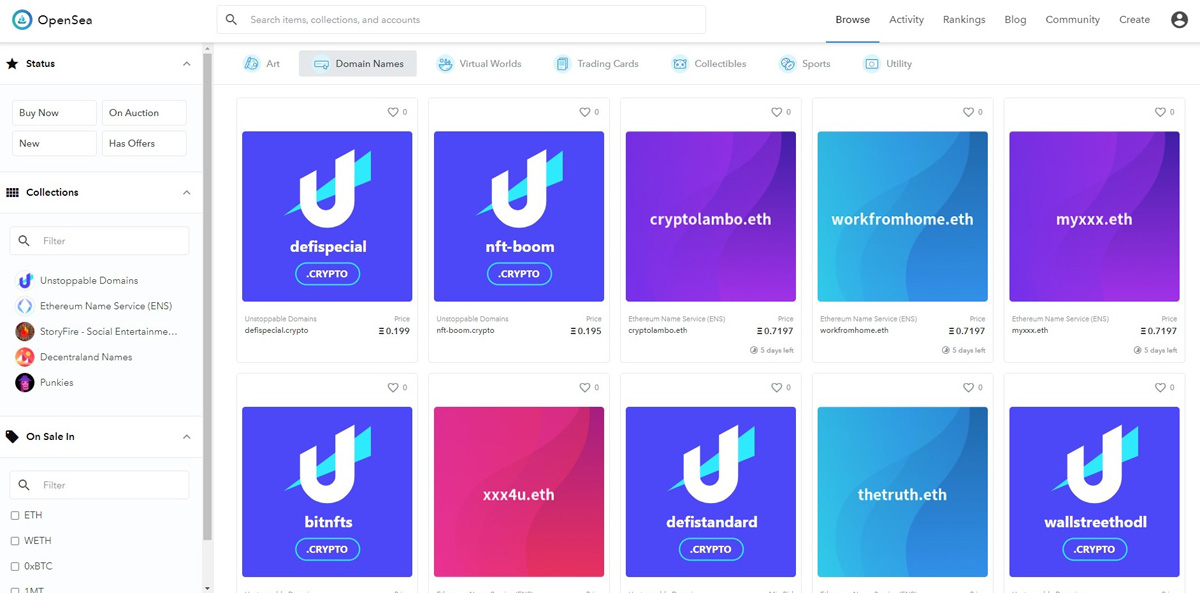
Now that you’re enlightened on what NFTs are, the choice of whether you want to jump onboard its blockchain-fueled hypetrain is entirely up to you. As mentioned earlier, this fad can be viewed as an alternative hobby, or as an opportunity to earn some money – albeit in most cases paid in Ether rather than cash.
Speaking of which, keep in mind that both creating and buying these tokens will involve lots of money, and selling them will require you to have or produce digital assets of potential value. And lastly, much like everything else in life, just be sure that you know what you’re getting yourself into.
Follow us on Instagram, Facebook, Twitter or Telegram for more updates and breaking news.


